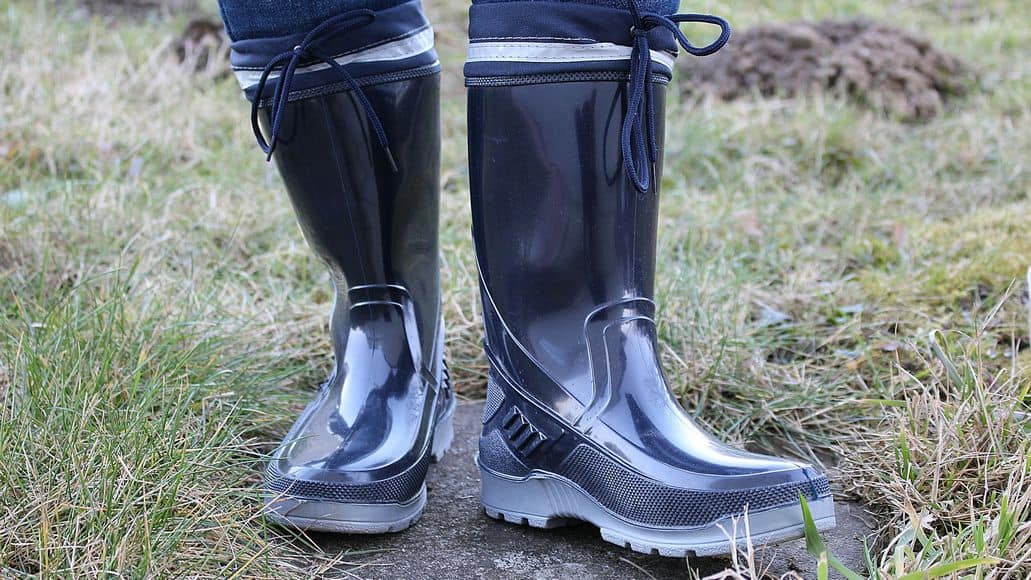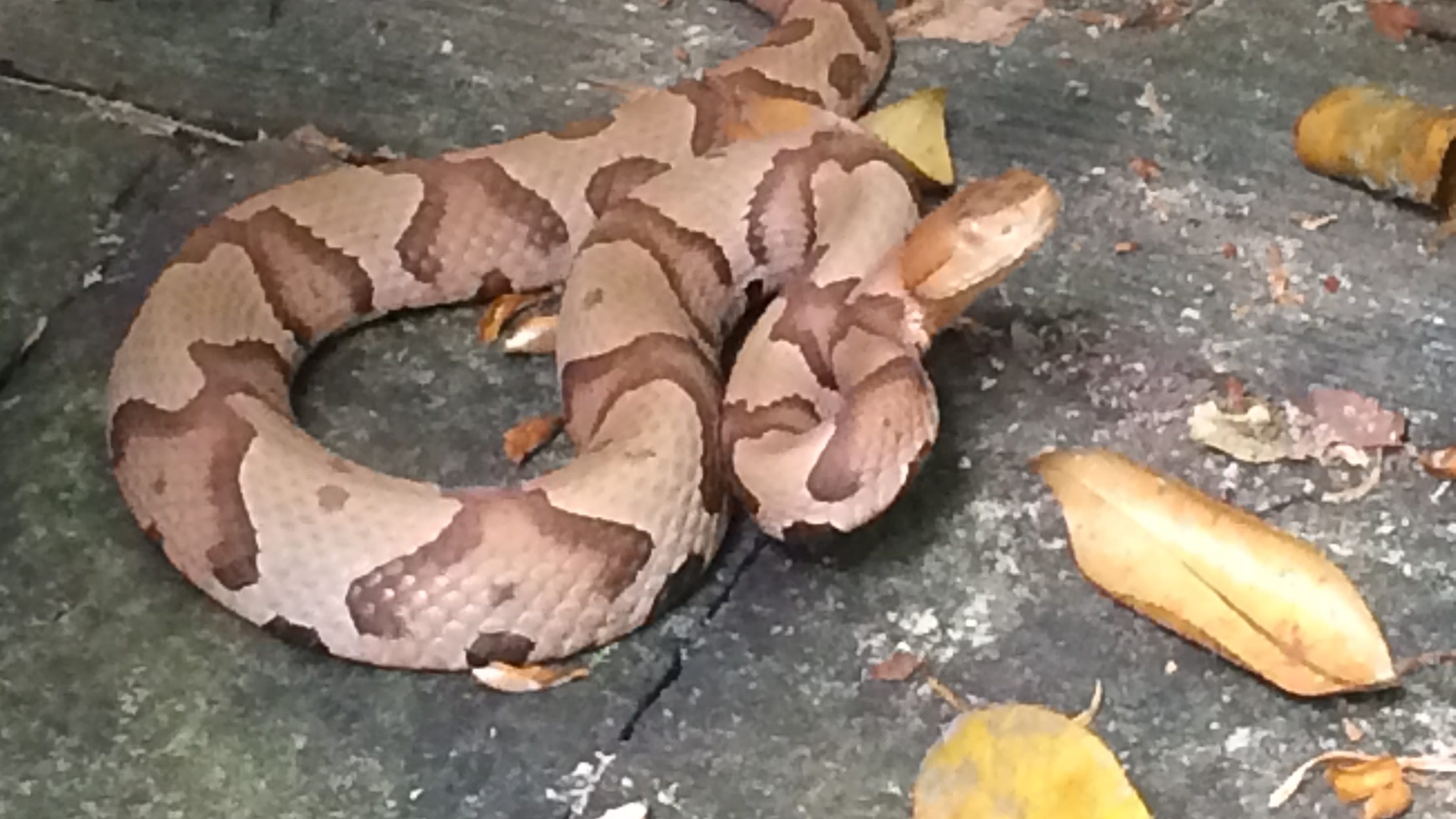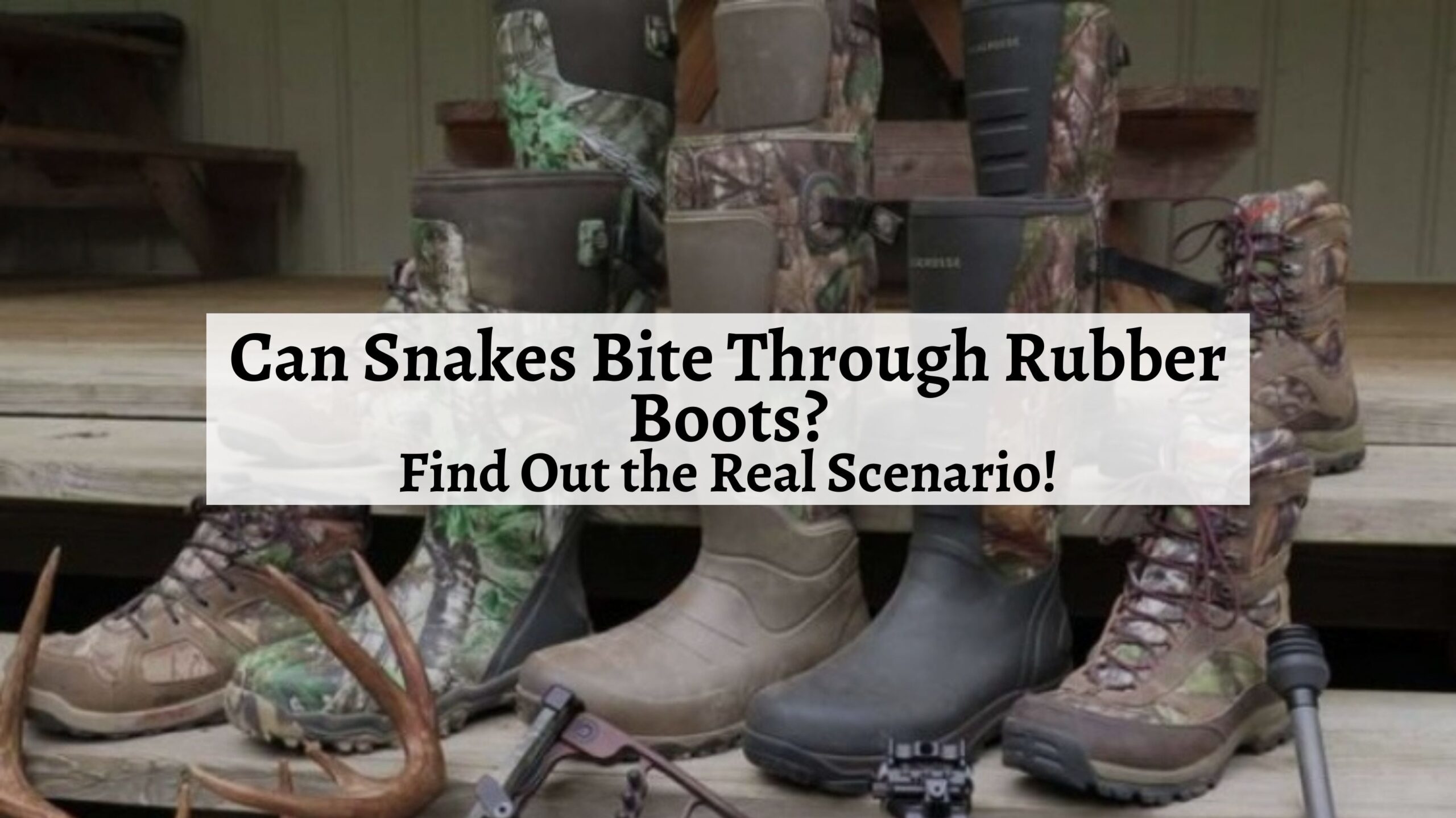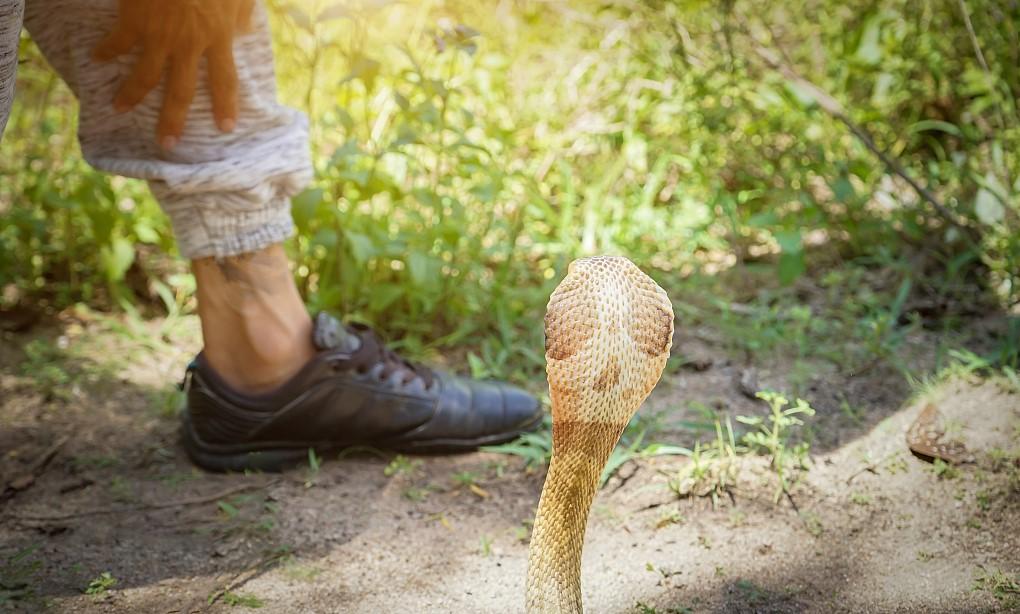Snakes in the Underbrush: The Threat of Copperheads
Copperhead snakes are a common sight in many outdoor environments, particularly in rocky, wooded, and grassy areas. Found throughout North America, these venomous snakes are a significant threat to humans, especially during warm weather months when they are most active. Copperheads are known for their aggressive behavior when threatened or cornered, making them a formidable foe for outdoor enthusiasts. With their ability to blend seamlessly into their surroundings, it’s not uncommon for people to unintentionally stumble upon them, increasing the risk of a potentially deadly encounter. It’s essential to take necessary precautions to avoid copperhead bites, as their venom can cause severe pain, swelling, and even respiratory distress. In fact, many people wonder, can copperheads bite through rubber boots? The answer is yes, and it’s crucial to understand the limitations of rubber boots in protecting against copperhead bites. By understanding the habitats and behaviors of copperheads, individuals can minimize their risk of encountering these snakes and reduce the likelihood of a painful and potentially life-threatening bite.
Do Rubber Boots Offer Enough Protection?
One of the most common misconceptions about copperhead bites is that rubber boots provide adequate protection against their venomous fangs. Unfortunately, this is not entirely true. While rubber boots can offer some level of protection, they are not snake-proof. In fact, copperheads can potentially bite through certain types of rubber boots, especially those made of thin or soft materials. The thickness and material of the boot play a crucial role in determining its effectiveness against copperhead bites. For instance, boots made of thick, puncture-resistant materials like neoprene or thick rubber can provide better protection than those made of thinner materials. However, even with thicker boots, there is still a risk of a copperhead bite, especially if the snake is able to strike with sufficient force. It’s essential to understand that no boot is completely snake-proof, and it’s crucial to take additional precautions to minimize the risk of a copperhead encounter. The question remains, can copperheads bite through rubber boots? The answer is yes, and it’s vital to be aware of the limitations of rubber boots in protecting against copperhead bites.
How to Choose the Right Boots for Snake Protection
When venturing into areas where copperheads are known to exist, it’s crucial to wear boots that offer adequate protection against their venomous bites. However, not all boots are created equal, and selecting the right pair can be a daunting task. To ensure optimal protection, consider the following factors when choosing boots: material, thickness, and design features. Boots made of thick, puncture-resistant materials like neoprene, thick rubber, or snake-proof fabrics are ideal for snake protection. The thickness of the boot is also critical, as copperheads can potentially bite through thin materials. Look for boots with a minimum thickness of 1/8 inch to ensure adequate protection. Additionally, consider boots with design features such as a high ankle collar, which can help prevent snakes from slithering up the leg. It’s also essential to choose boots that fit snugly and are comfortable to wear, as this will encourage you to wear them consistently. Remember, even with the right boots, it’s still possible for copperheads to bite through rubber boots, so it’s vital to take additional precautions to minimize the risk of a copperhead encounter. By selecting boots that offer adequate protection and taking necessary precautions, you can reduce the risk of a painful and potentially life-threatening copperhead bite.
The Anatomy of a Copperhead Bite
A copperhead bite is a complex process that involves the snake’s venom delivery system and can have serious consequences for humans. Copperheads are pit vipers, which means they have a heat-sensing organ located between their eyes and nostrils that allows them to detect the body heat of warm-blooded animals. When a copperhead strikes, it injects venom through its hollow fangs, which are designed to penetrate deep into tissue. The venom itself is a complex mixture of toxins that can cause pain, swelling, and bleeding in humans. In severe cases, a copperhead bite can lead to respiratory distress, cardiac arrest, and even death. It’s essential to understand the mechanics of a copperhead bite to appreciate the importance of taking precautions to avoid them. While rubber boots can offer some level of protection, they are not foolproof, and it’s crucial to remember that can copperheads bite through rubber boots under certain circumstances. By understanding the anatomy of a copperhead bite, outdoor enthusiasts can better prepare themselves for the risks associated with venturing into areas where these snakes are known to exist.
Real-Life Encounters: When Copperheads Meet Rubber Boots
While rubber boots can offer some level of protection against copperhead bites, they are not foolproof. There have been numerous instances where people have encountered copperheads while wearing rubber boots, with varying outcomes. In one reported case, a hiker in the Appalachian Mountains was bitten by a copperhead while wearing rubber boots. Fortunately, the boots were thick enough to prevent the venom from penetrating deeply, and the hiker made a full recovery. In another instance, a farmer in rural Virginia was bitten by a copperhead while wearing thin rubber boots. The snake’s venom was able to penetrate the boot, and the farmer required hospitalization. These real-life encounters highlight the importance of choosing the right boots for snake protection and taking additional precautions to minimize the risk of copperhead encounters. It’s also a reminder that can copperheads bite through rubber boots, and it’s crucial to be prepared for the unexpected. By learning from these experiences, outdoor enthusiasts can better equip themselves for the risks associated with venturing into areas where copperheads are known to exist.
Additional Precautions for Safe Outdoor Adventures
While wearing the right boots is essential for protecting yourself from copperhead bites, it’s only one part of the equation. To minimize the risk of copperhead encounters, it’s crucial to take additional precautions when venturing into areas where these snakes are known to exist. One of the most effective ways to reduce the risk of a copperhead bite is to wear protective clothing, such as long pants, long-sleeved shirts, and gloves. This will help prevent the snake’s fangs from penetrating the skin in the event of a bite. Staying on marked trails and avoiding tall grass and brush can also help reduce the risk of encountering a copperhead. It’s also essential to be aware of your surroundings, watching for snakes in your path and avoiding reaching or stepping into dark or hidden areas. Remember, can copperheads bite through rubber boots under certain circumstances, so it’s crucial to be vigilant and take all necessary precautions. By combining the right boots with these additional precautions, outdoor enthusiasts can significantly reduce the risk of copperhead bites and enjoy safe and enjoyable outdoor adventures.
Debunking Common Myths About Copperhead Bites
When it comes to copperhead bites, there are many myths and misconceptions that can lead to complacency or poor decision-making. One common myth is that certain remedies, such as sucking out the venom or applying a tourniquet, can effectively treat a copperhead bite. However, these methods are not only ineffective but can also cause more harm than good. In reality, the only effective treatment for a copperhead bite is prompt medical attention, which can provide antivenom and supportive care. Another myth is that copperhead bites are always fatal, which is simply not true. While copperhead venom can be dangerous, it is rarely fatal, and most people who receive prompt medical attention make a full recovery. It’s also important to remember that can copperheads bite through rubber boots under certain circumstances, so it’s crucial to take all necessary precautions to avoid bites in the first place. By understanding the facts about copperhead bites and debunking common myths, outdoor enthusiasts can better prepare themselves for the risks associated with venturing into areas where copperheads are known to exist.
Staying Safe in Copperhead Country
When venturing into areas where copperheads are known to exist, it’s crucial to be prepared and take necessary precautions to avoid bites. By understanding the dangers of copperhead snakes, the limitations of rubber boots, and the importance of additional precautions, outdoor enthusiasts can minimize their risk of encountering these venomous snakes. Remember, can copperheads bite through rubber boots under certain circumstances, so it’s essential to take a multi-faceted approach to snake protection. By choosing the right boots, wearing protective clothing, staying on marked trails, and being aware of surroundings, individuals can significantly reduce their risk of copperhead bites. Additionally, by debunking common myths and misconceptions about copperhead bites, individuals can make informed decisions about their safety and well-being. By taking the necessary precautions and being prepared, outdoor enthusiasts can enjoy safe and enjoyable adventures in copperhead country.







